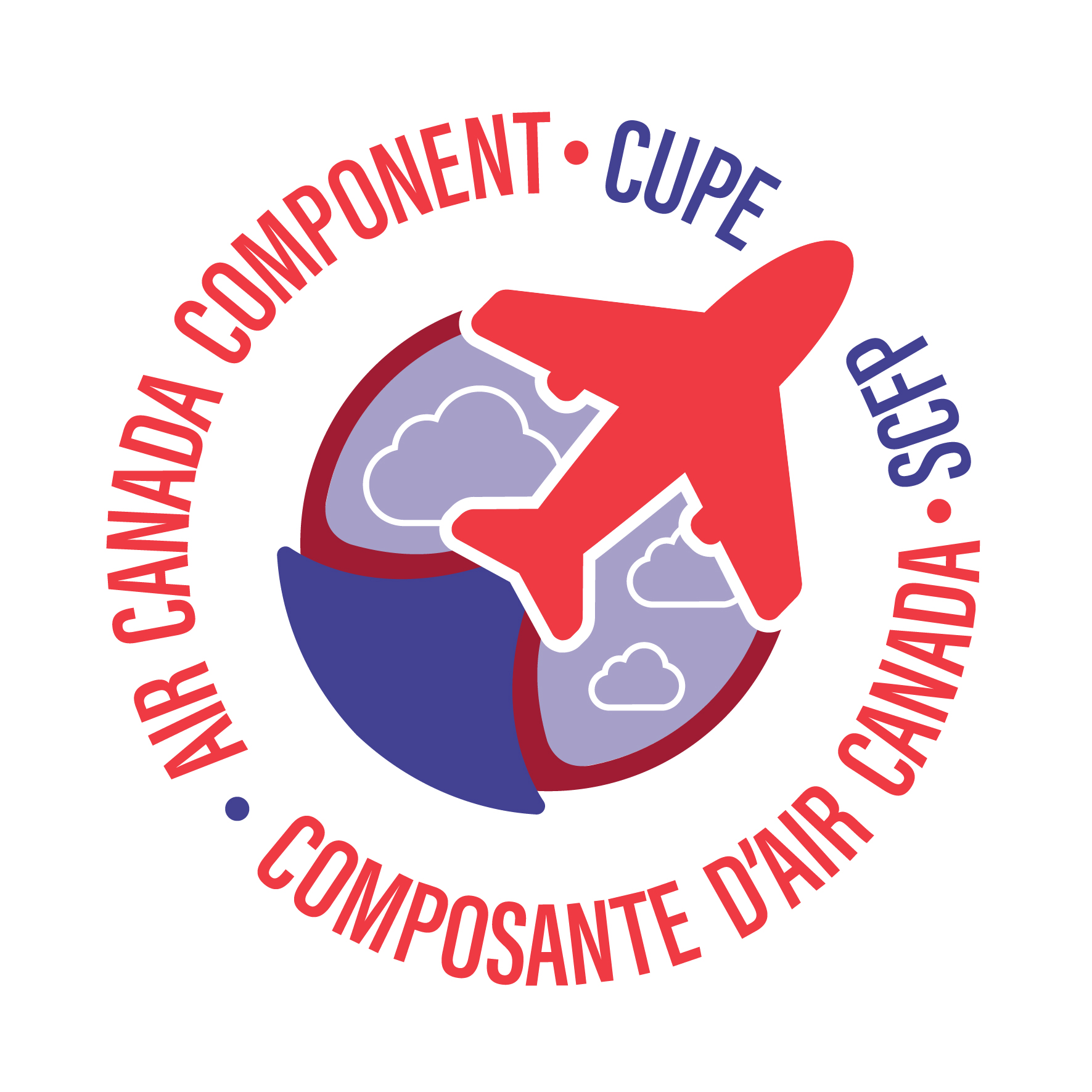2019 Novel Coronavirus (2019-nCoV): FAQs
Is 2019-nCoV a health and safety issue?
Absolutely. CUPE reiterates the call for all airlines to engage with their policy and workplace health and safety committees and act on their recommendations for company-specific safety measures to protect their workers from exposure.
What are the signs of 2019-nCoV?
According to the Public Health Agency of Canada[1], people infected with 2019-nCoV may have little to no symptoms. A person may not know they have symptoms of 2019-nCoV because they are very similar to the common cold or a flu.
Symptoms may take up to 14 days to appear after exposure to the virus. However, Public Health Ontario[2] has reported that the average incubation period centres around five days.
Symptoms of 2019-nCoV may include:
- fever
- cough
- difficulty breathing
- pneumonia in both lungs
How is 2019-CoV contracted?
There are three general ways that illness can be “spread” from person-to-person: through contact, aerosol (droplets) or airborne transmission.
- Contact is just as it sounds. An infected person is in physical contact with an unaffected person and transfers the virus.
- Aerosol or droplet spread happens when fluids in large droplets from a sick person come into contact with the eyes, nose, mouth or a cut in the skin of an uninfected person. Due to their size, droplets do not hang in the air but may contaminate surfaces.
- Airborne spread happens when the infectious biological material (virus, bacteria etc.) floats through the air after a person talks, coughs or sneezes. Those germs can be inhaled even after the original person is no longer nearby.
According to Public Health Ontario (PHO), coronaviruses are transmitted between people most readily through respiratory droplets produced when an infected individual coughs or sneezes, and also possibly through contaminated objects including surfaces or objects contaminated with infectious droplets.
Additionally, according to PHO, there have been reports of potential asymptomatic transmission of the virus. If the virus can be transferred during the incubation period, then a person can spread the virus unknowingly for 5 days.
Airborne transmission has not been ruled out. According to the Public Health Agency of Canada “Significant additional information is still required to identify the cause of the outbreak, to fully understand how the disease is transmitted, and the severity of illness it causes in humans.”[3]
Should I wear a mask on board an airplane?
It is very important to understand the different types of “masks” which exist. As mentioned in the first update (below), surgical masks are not designed to filter air that is breathed in – they only capture large droplets from the wearer.
When workers ask whether a tight-fitting surgical mask provides any protection, the answer often is that it’s “better than nothing”. However, many people get a false sense of security that is not warranted while wearing surgical masks.
Following the precautionary principle, CUPE recommends that flight attendants who have to work closely with symptomatic people on board an airplane should be fitted for, and provided with, at least an N95 half-face respirator that provides a proper seal to the wearer’s face. This would require at least some of every crew to be fit-tested. If symptomatic passengers refuse to wear a surgical mask, then flight attendants should also where a face shield to protect droplets from getting into their eyes.
What should we do if someone shows signs of 2019-nCoV on the plane?
If a passenger is showing signs of the virus, they should be provided with – and told to wear – a surgical mask. This will help reduce the release of large droplets.
Always follow your airline-specific Standard Operating Procedures. CUPE reiterates the call for airlines to develop realistic procedures and/or engineering controls for isolating symptomatic passengers. We further call on airlines to plan ahead by leaving space on the plane to set up a minimal quarantine area for passengers who show symptoms and assign a limited number of flight attendants (who have the proper personal protective equipment) to work exclusively with these passengers.
What non-symptomatic protections should I undertake? [or ] What else can I do personally?
CUPE members should ensure a strong commitment to hand hygiene. This includes frequent hand washing and using gloves when interacting with items that have been in contact with passengers. Avoid touching your face – especially your eyes, nose or mouth.
CUPE reiterates the call for cleaning that follows the American CDC-recommended guidelines for cleaning aircraft after a symptomatic passenger has been on board. Airlines should also increase the frequency of deep clean procedures to ensure that surfaces do not remain contaminated.
Are people who “look Chinese” more likely to have the virus?
No. This is simply false and causes negative social impacts. Sadly, anti-Asian racism and xenophobia have spiked in the context of the recent outbreak. This pattern of refueled racism towards the Asian population globally is causing harm, much like what happened during the SARS pandemic. Indictments and blame of Chinese people (and those presumed to be Chinese) are not acceptable. Jokes associating the virus with people of Asian descent are likewise unacceptable.
CUPE stands with those of Chinese heritage and condemns any form of harassing, racist, and discriminatory remarks, and any acts of violence, directed towards them.
If you are a flight attendant who experiences any form of harassment, racism and/or discrimination in the workplace, remember that this is a violation of your human rights and can be grieved even when the collective agreement doesn’t address these issues.
Additionally, under health and safety law, the airlines are required to provide a healthy and safe workplace, so incidents should be reported to your immediate supervisor and health and safety committee as well.
[1] https://www.canada.ca/en/public-health/services/diseases/2019-novel-coronavirus-infection/frequently-asked-questions.html
[2] https://www.publichealthontario.ca/-/media/documents/ncov/what-we-know-feb-04-2020.pdf?la=en
[3] https://www.canada.ca/en/public-health/services/diseases/2019-novel-coronavirus-infection/health-professionals.html
In Solidarity,
Wesley Lesosky
President, Air Canada Component of CUPE
